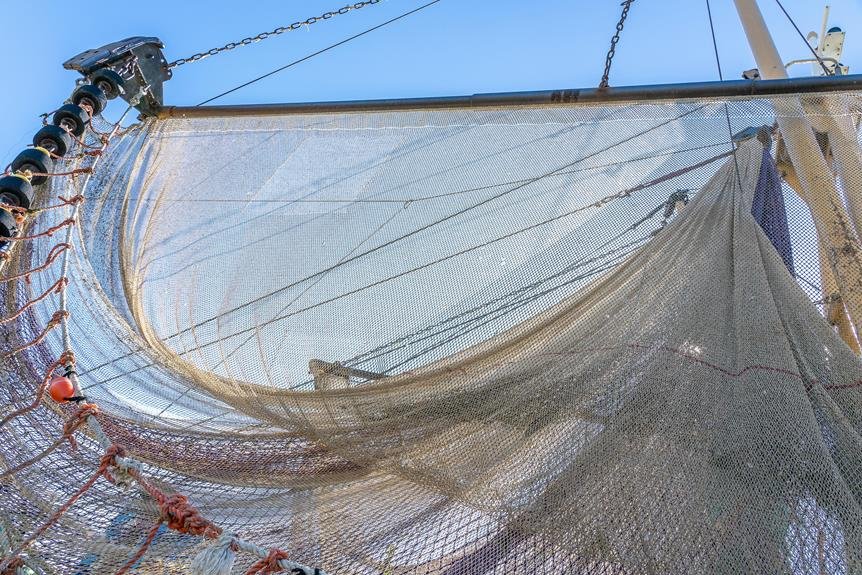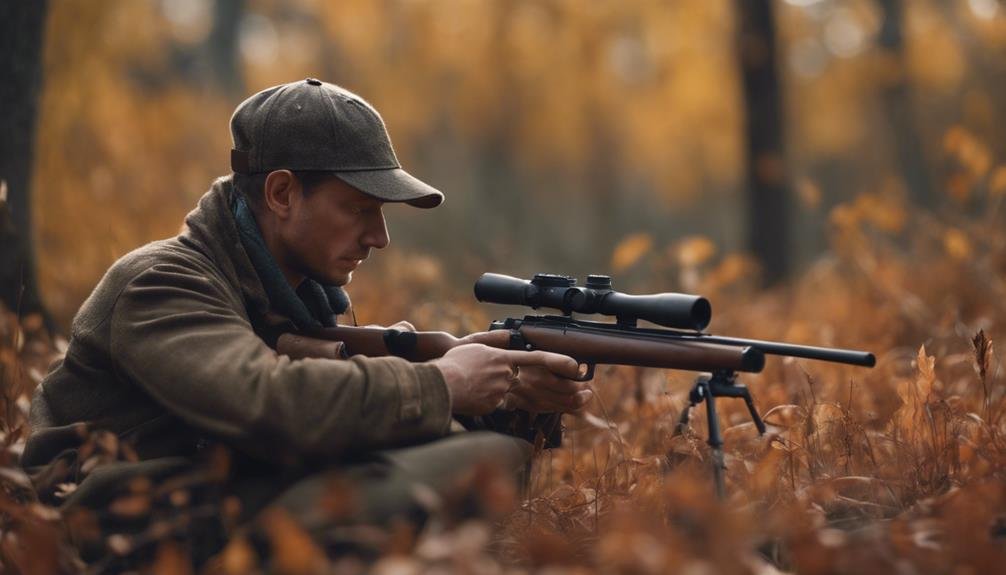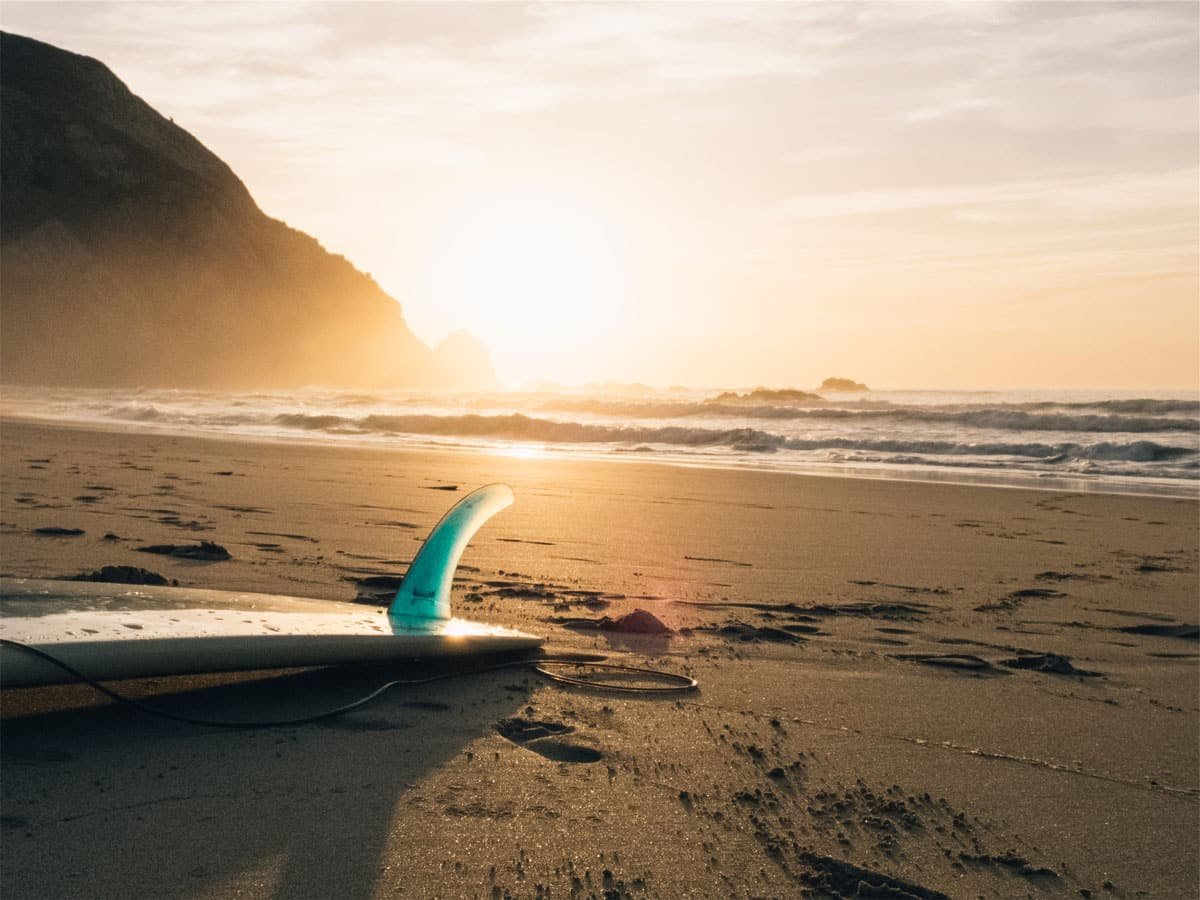We rely on the right knots to secure our catches, and with braided lines, the stakes are higher due to their unique properties that affect knot performance. Since braided lines lack stretch and have a slick texture, they're prone to slipping, making knot selection and tying vital. We need knots that hold securely without slipping or unraveling. The Double Uni-Knot, Blood Knot, Palomar Knot, and Non-Slip Loop are essential for connecting braided lines to leaders, lures, or hooks. By mastering these knots and techniques, we can guarantee a secure hold and maximize our catch rates – and there's more to explore on this topic.
Key Takeaways
- Braided line knots require careful selection and tying to prevent slipping and ensure a secure hold on catches.
- The Double Uni-Knot and Blood Knot connect braided lines to leaders, while the Palomar Knot and Non-Slip Loop attach lines to lures or hooks.
- Moistening knots before tightening reduces friction and slipping, and using gloves or soft-jawed pliers prevents line damage.
- Regular line maintenance, trimming excess tag ends, and inspecting lines prevent damage and weakening.
- Mastering essential knots and tying techniques ensures lines hold strong against feisty fish and maximizes catch rates.
Understanding Braided Line Behavior
When we're working with braided line, we must understand its unique characteristics, which can greatly impact our knot-tying success. We need to take into account its lack of stretch, which affects how we set hooks and handle fish. Braided line's slick texture also makes it more prone to knots slipping, so we must choose the right knots and tie them carefully. Line strength is vital, as it can make or break our fishing trip. Water conditions, such as clear or murky water, also play a role in our line choice. By understanding these characteristics, we can adapt our techniques to maximize our catch rates.
Selecting the Right Braided Knots
We need to choose the right knots to compensate for braided line's unique characteristics, selecting those that can securely hold our catch without slipping or unraveling. When it comes to braided line, knot strength is vital. We want to maximize our line's strength while minimizing the risk of failure. The right knot can make all the difference. For instance, the Double Uni-Knot and Blood Knot are great for connecting our braided line to a leader, while the Palomar Knot and Non-Slip Loop are ideal for attaching our line to a lure or hook. By selecting the right knots, we can guarantee that our line material performs flawlessly, providing the necessary strength and security to land our catch.
Mastering Braided Line Tying Techniques
As we've selected the right knots for our braided line, now it's time to focus on mastering the techniques to tie them securely, supporting our knots to hold up to the demands of fighting fish. To achieve Braided Mastery, we need to refine our Line Tricks. Three essential techniques to help us master braided line tying:
- Moisten the knot: Before tightening, moisten the knot to reduce friction and slipping.
- Use the right tools: Utilize gloves or soft-jawed pliers to prevent damaging the line and to maintain control.
- Tighten gradually: Tighten the knot in small increments to prevent line damage and guarantee a secure hold.
Essential Braided Line Knots to Know
Mastering a few essential braided line knots is crucial to ensuring our lines hold strong against feisty fish, and we're about to explore the most critical ones to know. As anglers, we've learned that the right knot can make all the difference in our fishing techniques. When it comes to braided line, we rely on knots that can withstand the fight. The Double Uni-Knot and Blood Knot are our go-tos for connecting braided lines to leaders, while the Palomar Knot and Non-Slip Loop are our trusted choices for attaching lines to lures or hooks. By mastering these essential knots, we can focus on the thrill of the catch, rather than worrying about our lines holding up.
Tips for Braided Line Knot Security
To guarantee our braided line knots hold up to the fight, we're sharing a few key tips to maximize knot security. When it comes to Knot Strengthening, we've found that a few simple habits can make all the difference.
Three key takeaways to keep in mind:
- Regular Line Maintenance is essential to prevent damage and weakening of the line. Regularly inspect your line for signs of wear and damage, and replace it as needed.
- Moisten knots before tightening to reduce friction and slipping.
- Trim excess tag ends to prevent them from getting caught on anything and compromising the knot.
Braided Line Knot Tying Best Practices
We've nailed down the importance of knot security, and now it's time to focus on the specifics of tying braided line knots effectively. To maximize knot strength and line durability, we need to consider a few key factors. Here's a breakdown of best practices:
| Factor | Tips | Benefits |
|---|---|---|
| Hook selection | Choose hooks with a smooth, rounded eye | Reduces knot slippage, increases hook setting |
| Fishing gloves | Wear gloves to improve grip and control | Prevents line slippage, adds precision |
| Line handling | Avoid twisting or kinking the line | Preserves line durability, reduces knots |
| Moisture control | Moisten knots before tightening | Reduces friction, prevents knot slippage |
| Tying technique | Use a consistent, gentle tightening motion | Ensures even knot strength, prevents damage |
Exploring Additional Fishing Resources
As we expand our fishing skills, exploring additional resources can substantially enhance our knowledge and expertise. To take our fishing game to the next level, we can leverage various tools and platforms. Here are a few resources worth exploring:
- Fishing Apps: Apps like Fishidy and Navionics provide detailed lake maps, fishing forecasts, and real-time weather updates to help us plan our fishing trips more effectively.
- Online Forums: Websites like Reddit's r/Fishing and fishing enthusiast forums offer valuable insights, tips, and advice from experienced anglers.
- Online tutorials and videos: Websites like YouTube and FishingTube offer a wealth of instructional content on various fishing techniques, knots, and gear reviews.
Continuing Education for Anglers
By honing our skills and staying up-to-date on the latest techniques and gear, we can maximize our time on the water and reel in more fish. Continuing education is essential for anglers who want to stay ahead of the game. It's not just about catching fish; it's about adopting a responsible and sustainable approach to fishing.
| Fishing Ethics | Angler Mindset |
|---|---|
| Respect the environment | Always follow local regulations |
| Handle fish with care | Be mindful of bycatch and release |
| Promote catch-and-release | Continuously learn and improve |
| Support conservation efforts | Stay humble and patient |
| Practice responsible angling | Embrace the thrill of the catch |
Conclusion
"We've cracked the code! With the right braided line knots, we've landed monsters, survived screaming drags, and earned bragging rights. But it's not just about the wins – it's about the confidence that comes with knowing our knots will hold. By mastering these techniques, we've transformed our fishing experiences, and we're not looking back. The question is, what's the biggest catch you'll land with your newfound knot-tying skills?"









